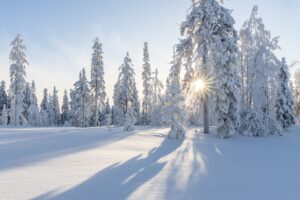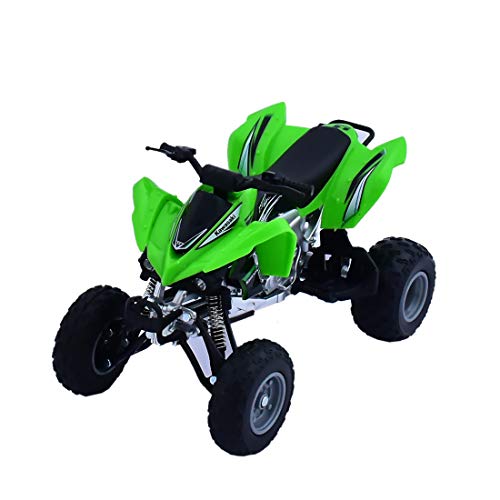No products in the cart.
Fun Facts
Winter Photography Tips: How to Capture Stunning Landscapes and Wildlife
 Winter Photography Tips: How to Capture Stunning Landscapes and Wildlife
Winter Photography Tips: How to Capture Stunning Landscapes and Wildlife
Winter photography brings both challenges and incredible rewards.. But to successfully take advantage of these opportunities, it’s essential to understand the intricacies of winter photography. From braving the cold to mastering lighting in low-contrast environments, there’s much to consider.
Why Winter is a Unique Season for Photography
Winter is more than just a season; it’s a shift in the environment. The bare trees, frozen lakes, and the way snow molds the landscape create visually striking scenes. Animals in winter often move in different patterns, making them appear in the open more frequently.
Choosing the Right Camera and Lenses
While almost any camera can take a photograph in winter, having a DSLR or mirrorless camera with weather sealing will give you more protection against the elements. For lenses, choose a versatile zoom lens or a wide-angle lens to capture expansive landscapes. A prime lens with a wide aperture can also be helpful in low-light conditions.
Working with Low Light and Short Days
Winter days are shorter, and the light often fades by the afternoon. To make the most of these limited hours, plan your shots around the golden hours—the time just after sunrise and before sunset when the light is soft and warm. If you’re shooting in low light, consider using a tripod to avoid camera shake and increase exposure time.
Using Fill Flash for Wildlife Photography
When photographing wildlife, the light can sometimes be too dim, or the snow may cause the animal’s features to blend into the background. A fill flash can illuminate the subject, creating contrast and ensuring the animal’s details stand out.
Incorporating Human Elements
To provide perspective, consider including a human element in your winter shots. A person walking through the snow or a small figure against a vast landscape can create a sense of scale, making your photo feel more dynamic and relatable.
Tips for Photographing Animals in Cold Weather
Cold weather affects animals’ behavior, so be patient. Animals often bundle up in sheltered areas to stay warm, so it may take time to find them. Use telephoto lenses to avoid getting too close and disturbing them. Keep an eye on their natural habitat, and you may be able to capture them in their most authentic state.
Patience and Stealth: Key to Wildlife Shots
When photographing wildlife, patience is crucial. The more time you spend in nature, the more likely you are to witness rare moments. Wear neutral colors, move slowly, and make as little noise as possible to avoid startling the animals.
Dealing with Challenging Conditions
Winter weather can be unpredictable, and photographers need to be prepared for everything from freezing temperatures to heavy snowstorms.
Battling the Cold and Protecting Gear
Keep yourself warm with proper clothing—layering is key in cold conditions. Your camera gear also needs protection. Cold temperatures can cause condensation inside the camera, so when moving from a cold outdoor environment to a warm indoor setting, let your gear adjust gradually to prevent moisture build-up.
Protecting Your Camera from Snow and Moisture
Snow can damage cameras quickly. Be sure to keep your camera covered when not in use. Some photographers use rain covers or plastic bags to protect their gear from the elements, especially when photographing in snowstorms.
Keeping the Lens Clean in Winter
Snow can stick to your lens and cause blurry photos. Carry a microfiber cloth to clean the lens regularly, and make sure to brush off any snow that may accumulate.
Editing Winter Photography
Post-processing is essential for winter photos to correct exposure and enhance the beauty of the snow-covered landscape.
Enhancing Snowy Landscapes
During editing, focus on balancing the exposure to avoid the snow appearing too bright or washed out. Increase contrast slightly to add depth, but be careful not to lose details in the highlights.
Avoiding Overexposure in Bright Snow
Snow reflects a lot of light, which can trick your camera’s exposure meter into underexposing the scene. Manually adjusting the exposure or using a negative exposure compensation setting can help maintain detail in the bright snow.



